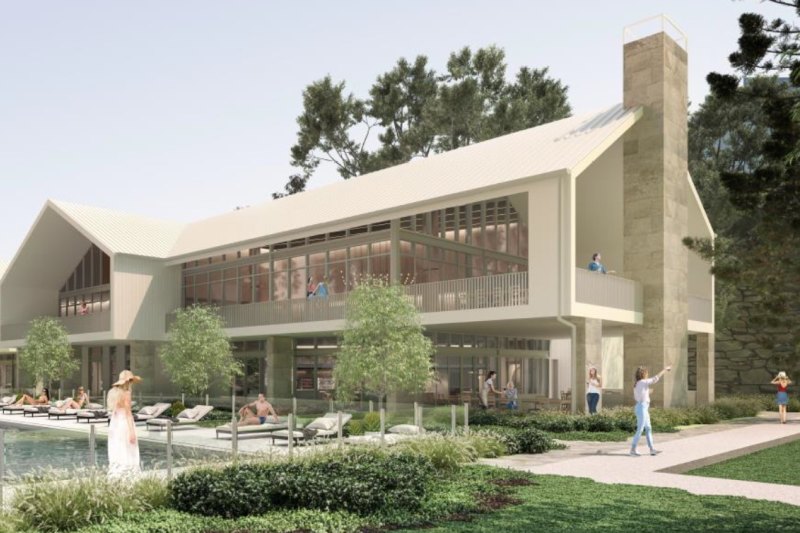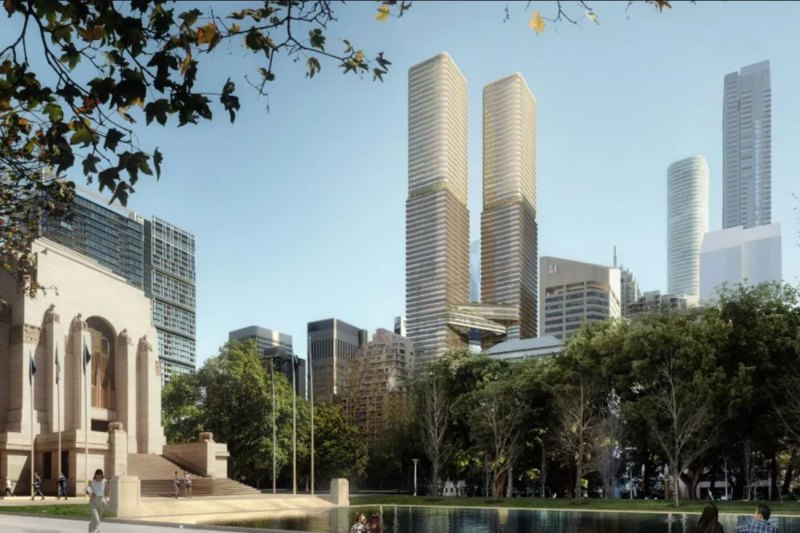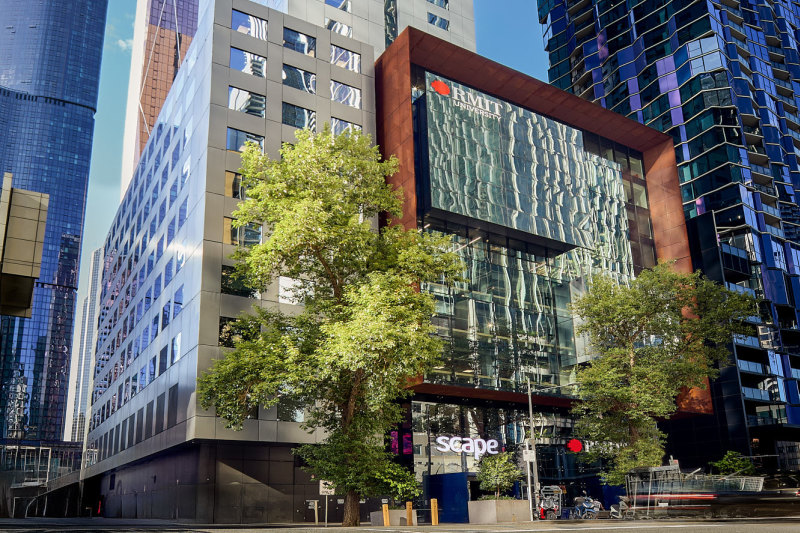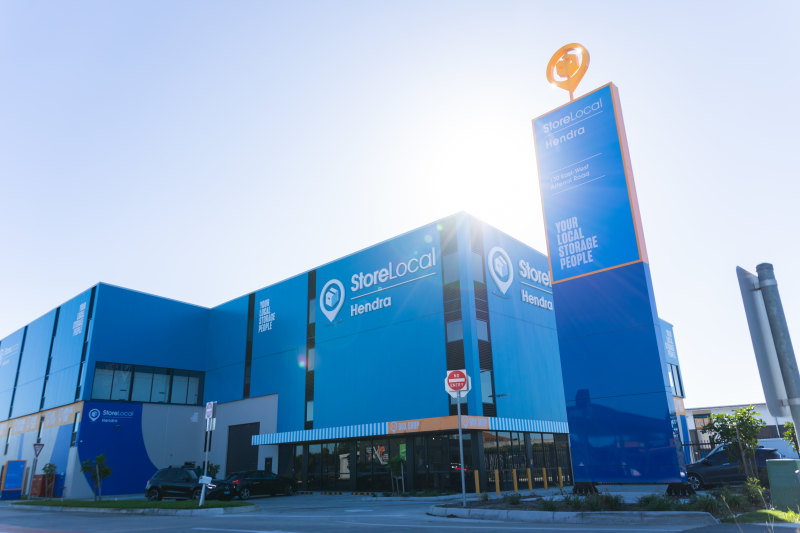
Sydney's CBD office buildings get a facelift to stay 'relevant'
It’s a 32-storey, A-grade office tower close to Sydney’s Town Hall station but, with the whole building’s lease expiring in 2020, 320 Pitt Street’s owners, ARA Australia, were keen to invest in a complete overhaul.
Plans include a new entry facade with a double-height lobby, new end-of-trip facilities, and refurbished lift lobbies and floors throughout the 30,000-square-metre building.
“The high-rise boasts 360-degree views of Hyde Park, Sydney Harbour and the city, and the extensive refurbishment will bring it to the forefront in Sydney’s midtown precinct,” said ARA’s head of asset management Rohan Neville.
The building is thus set to become the latest aspirant in a new trend of repositioning – where an asset receives a major refurbishment or strategic change in use – sweeping through the Sydney CBD.
“Sydney is in the midst of strong market conditions, and astute owners are recognising that investment in repositioning and refurbishment is required to keep buildings relevant and competitive,” said Tina Raftopoulos, director office leasing NSW of Knight Frank, the appointed leasing agents, along with JLL, for 320 Pitt Street.
“As we see the needs of the workplace evolve, we are seeing a rise in the number of landlords opting to rejuvenate their office assets to deliver a workspace that meets market expectations in terms of design, functionality and amenity.”
This was happening most in the midtown A-grade market where the owners of buildings were taking advantage of the expiry of major tenants’ leases to reinvest in updating the premises. In secondary grade markets, that’s more likely to take the form of conversions to mixed-use, with office space shrinking to make way for hotel rooms or apartments on other floors, said Ms Raftopoulos.
The reasons behind these revamps were varied. Sometimes it was about future-proofing assets, said Colliers International director office leasing Thomas Fredriksen.
“Obviously Sydney and NSW are going through major infrastructure upgrades, which is providing great new amenity, and repositioning is piggybacking off these changes,” he said.
“As well, tenants or customers are more discerning, especially given the rents now. They expect, and demand, more of their landlords, so they’ll be able to attract and retain good quality staff. They want better floor plans, nicer spaces and end-of-trip facilities.”
The owners of A-grade assets now wanted them to be a lot lighter, airier and often more luxurious, while those of B-grade buildings wanted them to present much more like A-graders, Mr Fredriksen said. Others, such as 333 Kent Street, are slated to morph into redevelopments with hotel rooms or serviced apartments to meet the shortage of accommodation in the city.
“It’s an exciting time ahead,” Mr Fredriksen said. “There’s so much renewal going on in the CBD – and in North Sydney’s CBD too – as owners want to create a better impression of a building from the ground plane and give tenants a much better experience.”
The downside of this for tenants, of course, is the resulting shortage of office stock with buildings, or parts of buildings, withdrawn from the market for refurbishment or repurposing work to take place.
Research from JLL shows that between the first quarter of 2016 and the first of 2018, a total of 293,000 square metres of office stock was withdrawn from the Sydney CBD – equivalent to 5.8 per cent of the total. Just over half of these withdrawals were for repositioning of offices, and half of those were related to the Quay Quarter project.
Some, such as the 60,000-square-metre 55 Hunter Street, and the 17,000-square-metre 37-51 Martin Place, won’t come back online until about 2024.
Among other owners there was a caution about taking their buildings away for a refurb in such a bullish office market.
“There is very strong demand for office space in the Sydney CBD and there are few contiguous space options in the market,” said Richard Fennell, JLL’s head of property & asset management Australia. “This is why you are seeing very few asset owners take their assets offline to refurbish, because it would affect their flow of income.
“Leasing activity has been very strong since 2014, and building owners can get strong rental uplift from lease expiries, particularly since both prime and secondary rents have increased very strongly in the CBD since 2015. So the majority of owners are not looking to refurbish their asset considering how strong demand has been in the CBD.”
The Sydney CBD vacancy rate is currently 5.5 per cent – well below the 10-year average of 8.2 per cent – and the prime grade vacancy rate is 5.8 per cent, on JLL figures. In addition, the secondary grade vacancy rate has fallen to 4.9 per cent, the lowest level since 2001.
“It is important that owners have a strategic asset plan that identifies when refurbishment activity is required,” Mr Fennell said. “Major building refurbishments should occur every 20-25 years. Minor refurbishment works can occur with a major lease expiry. Owners should be ensuring that their building services remain at the highest possible level.”












